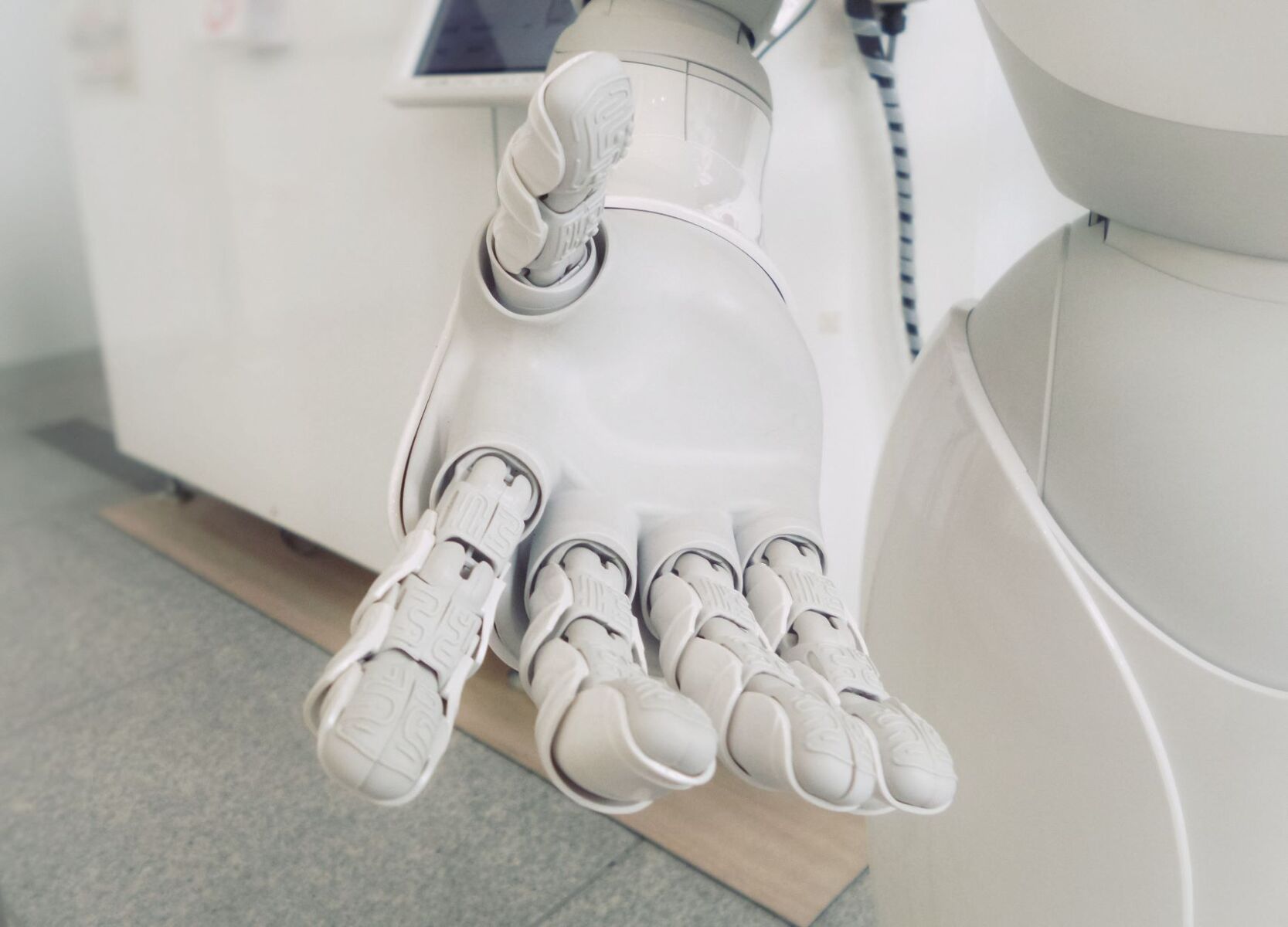The world of small and medium-sized enterprises (SMEs) is changing rapidly, and Automation is playing an increasingly important role. Automation can provide many benefits to SMEs, such as improved efficiency, cost savings, and increased productivity.
Is this race to efficiency limitless? To what extent can SMEs automate and replace humans?
Fortunately, SMEs don’t have to choose between Automation and the human touch.
Benefits of Automation for SMEs
In today’s digital age, Automation has become an increasingly prevalent tool for small and medium-sized businesses (SMEs) to maximise efficiency and productivity. By leveraging automation tools, SMEs can automate mundane and repetitive tasks such as email marketing, customer service, order entry, and accounting.
Not only does Automation ensure these tasks are completed quickly and accurately, but also it can be used to:
- provide customers with quick and accurate responses to questions, helping improve customer experience
- track customer interactions and gather valuable insights about customer preferences and behaviour
- analyse customer data, enabling SMEs to spot trends and create targeted campaigns to increase sales
The underlying technology underpinning Automation is Artificial Intelligence (AI).
It can automate and streamline operational processes (Robotic Process Automation), improve customer experience (Cognitive Interaction) and make reliable predictions (Predictive Analytics). Ultimately, AI saves hours for your staff and helps SMEs save money, as they no longer need to hire additional personnel to take care of routine tasks.
The Importance of Being Human
However, while Automation can be a powerful asset to any business, something must be said for the human touch. Human-driven customer service, for example, can help build customer relationships and create a personalised experience.
Human interaction can help SMEs gain a better understanding of their customers. By conversing with customers and listening to their feedback, SMEs can gain valuable insights into customer needs and preferences. It can create better products and services and more successful marketing campaigns.
Human interaction is also crucial in the company to improve employee engagement. SMEs can create a positive and motivating working environment by engaging with employees personally and listening to their concerns. It can lead to improved employee morale, with a magnifying effect on better customer service and overall productivity.
It’s important to stress that Automation is about augmenting what your staff do — and freeing up their time for better things — not replacing them. Their contribution will be instrumental to the success of the implementation of any AI/automation project.
Strategies for Combining Automation and Human Interaction
SMEs should take a strategic approach to get the most out of Automation and human interaction. The first step is to identify which tasks should be automated and which should be handled by humans. Jobs that are repetitive and do not require complex decision-making are best suited for Automation, while humans better take those that need more creativity and personalisation.
The essential point is to realise that Artificial Intelligence has been misnamed, i.e., it’s not intelligent! And, despite using a vocabulary linked to the human brain, it will never replicate its power. AI Neural Networks have nothing to do with humans!
Your goal is to solve business issues with the right solutions. That requires business acumen as the starting point. Think about the core business challenge, not technology. The tail shouldn’t wag the dog!
5 Tips on How to Implement Automation
- Tip #1: Be clear about your business goals – this should always be your main starting point when implementing Automation into your small business. Rather than taking a ‘big bang’ approach, split your challenge into bite-sized chunks. Use AI first to solve little bottlenecks or glean specific insights that inform your decision-making.
- Tip #2: Get outside expertise you can trust – ideally, someone who understands business and AI; you don’t need an army of data scientists or expensive consultancy.
- Tip #3: Align your business and IT roadmaps. Explore your business challenges — and see how various technical solutions will impact your organisation and IT infrastructure. It’s also essential to identify the solution you’ll need and think about performance headroom for tomorrow. You don’t want to be in this situation again in 12 months.
- Tip #4: Choose the right provider. You might discover that the software you need exists already. If not, then think creatively. For example, you could collaborate with a local university or college, providing some modest financial incentives and prizes. Bright minds like a challenge and may relish the opportunity to solve a real-life business headache.
- Tip #5: Implement properly. Create a launch plan that includes testing, staff training and a roll-out with proper tech support. Let the staff know what you hope to achieve and how it’ll make their lives easier. Get customers on board too. Most people will be gracious about any minor technical hiccups if you thank them for their patience in advance — and keep them posted. Be human!
Automation and human interaction can be a powerful combination for SMEs that take a strategic approach: they can have the best of both worlds; the efficiency and cost-savings of Automation plus the personalised customer service and relationships that come with human interaction.
This way, you’ll solve the business issue, break the ice with Automation, and have new tools that sharpen your competitive edge.
By Stefano Maifreni, CEO of Eggcelerate



